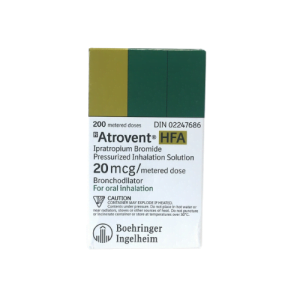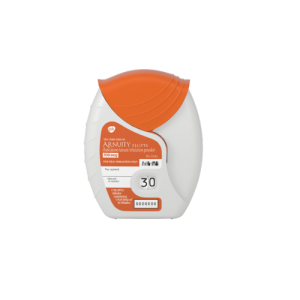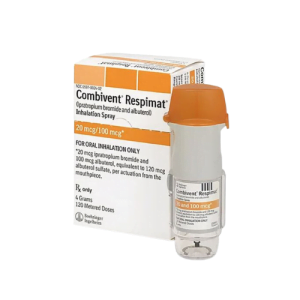Combivent Respimat is a commonly prescribed medication for managing chronic obstructive pulmonary disease (COPD). Ensuring the correct dosage of Combivent Respimat is essential to achieve optimal symptom management and reduce potential side effects.
This article will delve into the various factors influencing the dosage of Combivent Respimat, incorporating recent data and offering valuable insights for both patients and healthcare professionals.
Understanding Combivent Respimat
Combivent Respimat is a combination inhaler containing two active ingredients: ipratropium bromide and albuterol sulfate. Ipratropium bromide acts as a bronchodilator, helping to relax and open the airways, while albuterol sulfate provides rapid relief by relaxing the smooth muscles in the lungs.
Recommended Dosage
The standard dosage of Combivent Respimat typically involves two inhalations four times a day. Each inhalation delivers 20 mcg of ipratropium bromide and 100 mcg of albuterol sulfate. It’s vital to adhere to the prescribed dosage and frequency unless guided otherwise by a healthcare provider.
-
 Atrovent Inhaler$41.99
Atrovent Inhaler$41.99 -
 Arnuity Ellipta InhalerPrice range: $68.99 through $119.99
Arnuity Ellipta InhalerPrice range: $68.99 through $119.99 -
 Combivent Respimat Inhaler$52.99
Combivent Respimat Inhaler$52.99
Factors Influencing Combivent Respimat Dosage
1. Severity of COPD
The severity of COPD significantly affects the appropriate dosage of Combivent Respimat. Healthcare providers evaluate a patient’s lung function, symptoms, and overall disease progression to determine the optimal starting dosage. Current guidelines highlight the need to tailor the dosage to individual requirements, aiming for symptom control and sustaining a high quality of life.
2. Individual Response
Patients’ responses to Combivent Respimat can vary. Healthcare providers may need to adjust the dosage based on how well the medication alleviates symptoms and enhances lung function. Regular monitoring and clear communication between patients and healthcare professionals are crucial to ensure the dosage remains effective.
3. Inhaler Technique
Proper use of the Combivent Respimat inhaler is essential for effective medication delivery. Patients should be adequately trained on how to use the inhaler, including priming it, inhaling the medication correctly, and cleaning the device. Improper use can lead to insufficient dosing, reducing the medication’s efficacy.



